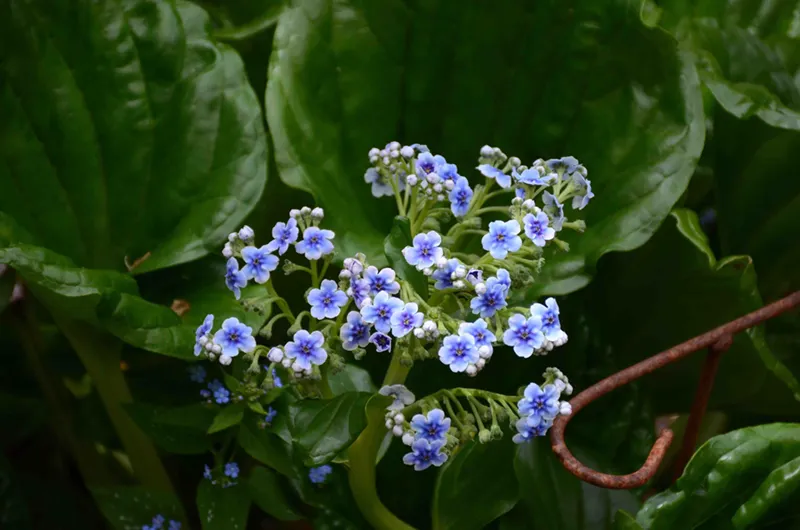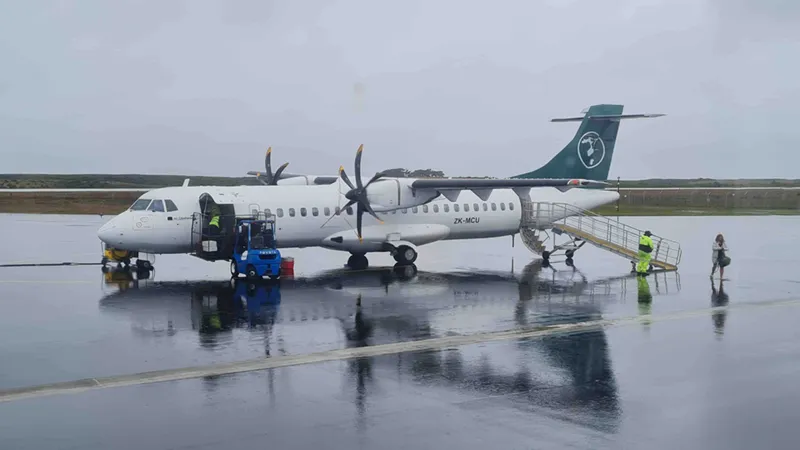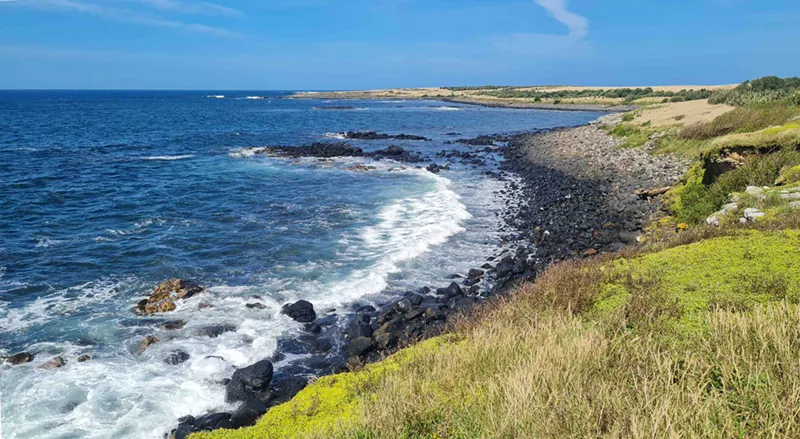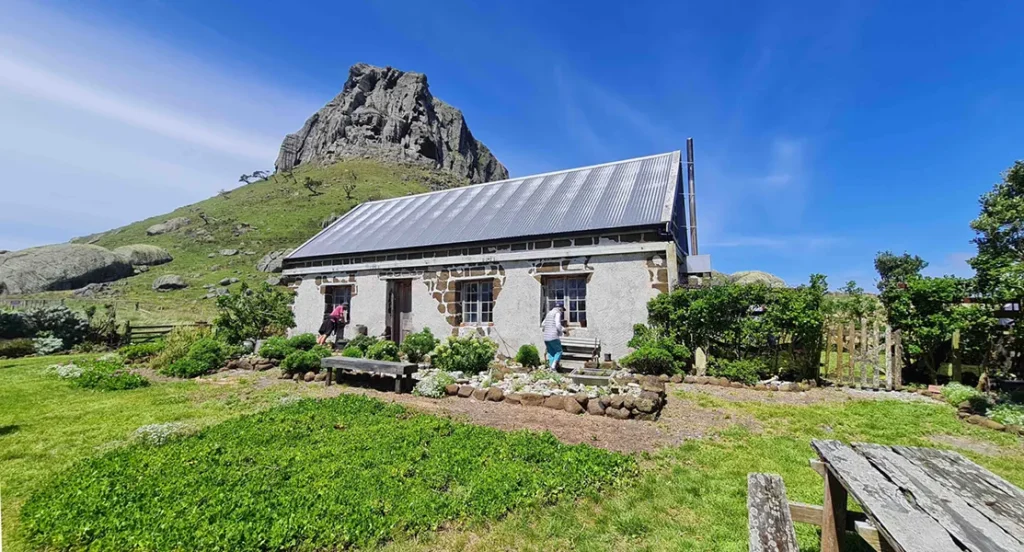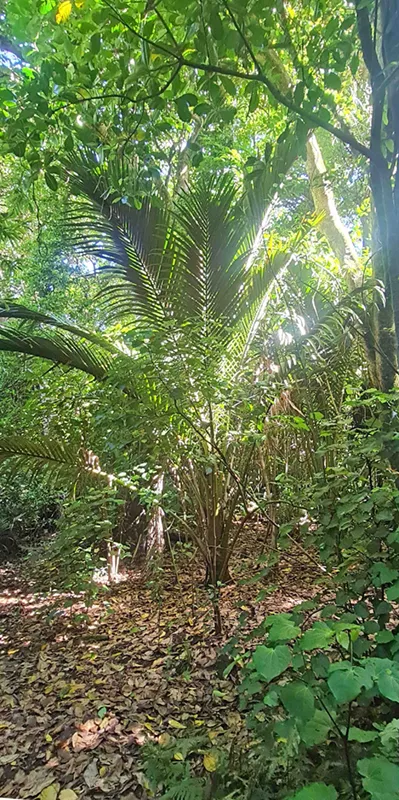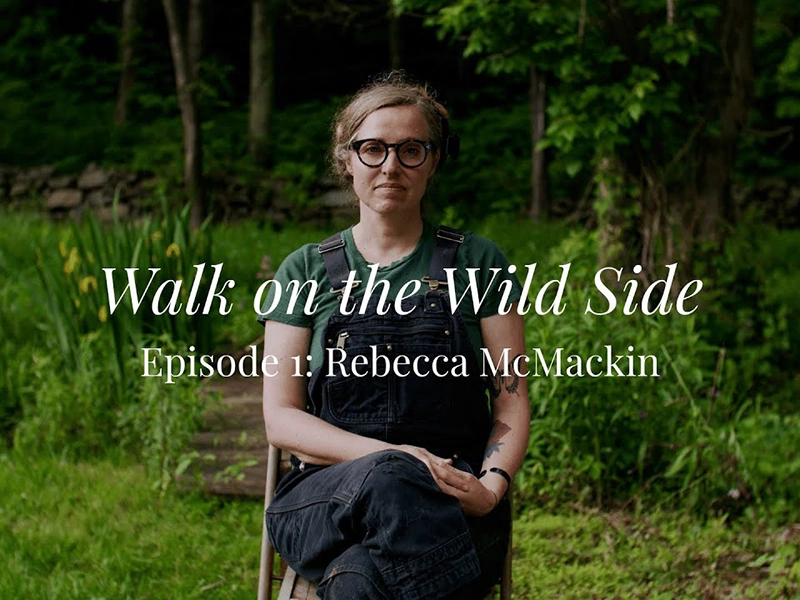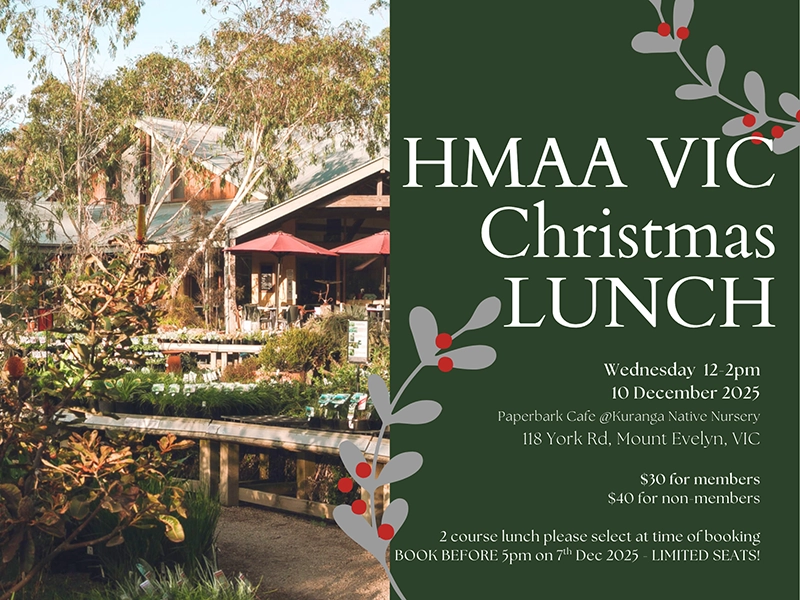Click on any image to enter the lightbox
Have you ever wondered about what it is like on the remote Chatham Islands, located 800km east of New Zealand’s South Island and home to the magnificent Chatham Island forget-me-not? For a week in February, 23 intrepid travellers departed Auckland via Chatham Air to visit the Chatham Islands, with Pukekohe Travel. This report by NZ IPPS member Gus Evans, is reproduced with permission from the June/July issue of Commercial Horticulture.
Nine of our fellow travellers were IPPS members. We were lucky that the other participants had a great love of plants and we were able to share our knowledge.
You needed to reset your watches as the Chathams are 45 minutes ahead of New Zealand time.
We had an uneventful flight. Seats at the front of the plane are used for freight, so if you are first aboard, you are looking at all the freight.
We were entertained on the way over by a specialist pest detector dog barking! On the way home we shared our flight with crates of live crayfish.
There were so many highlights on this tour you could write a book. Bernadette, our flight attendant, was also our Chatham’s tour guide, driving us each day in the van. She also drove the school bus, worked part time at the fish factory, and was in the fire brigade. She made our trip as she was so knowledgeable and could not have done more for us. Nothing was a problem.
We particularly enjoyed hearing about the local goings on! There is not much she doesn’t know about the history of the Chathams, plus, she ordered good weather so we never had any rain.
On arrival we were greeted and taken to our accommodation at the local Hotel Chatham in Waitangi, run and owned by Toni Croon. It is the locals’ pub and bottle store, so we got to meet the locals. The rooms had great views over the port.
Every day was full-on. We set off at 9am and returned most days between 5pm and 5.45pm after long days on dusty, bumpy gravel roads.
We went to every point possible, so we missed nothing. The meals were good, but some expressed a bit of disappointment about the lack of local fare. We had built ourselves up to a fish gourmet platter every night!
The Chathams consist of two main islands, Chatham and Pitt, and many smaller outlying islands within a 40km radius. Pitt lies 17km southeast of Chatham. Some members of our group flew to Pitt Island for the day and came back and raved about it.
Admirals Garden
Among highlights of our trip was a visit to Admirals Garden, the garden of Lois and Val Croon Snr . It is fabulous and according to Jack Hobbs (Auckland Botanic Gardens Manager) rates with the most interesting gardens he has ever visited.
It has been designed to attract bees and butterflies and features an amazing prairie garden as well as a well-structured garden rooms. Val also has his own brewery and we imbibed his beautiful beer!
This garden was amazing as Chatham Island is so wild and barren and yet here, Lois has persevered over many years and created an oasis around a very modern house. The hospitality they showed us, inviting us into their house, was very humbling.
They wined and dined us with an entrée of crayfish and blue cod wings (there is a bit of beautiful flesh at the junction of the wing and body). It was out of this world. Nothing was off limits; go anywhere you want in our house they said, ask any questions.
The range of plants was overwhelming with tropical to hardy. It was so varied yet in one of the harshest environments; a true testament to two dedicated gardeners. They also have a studio shop with unique gifts for sale. Lots of sculptures scattered throughout the garden made it even more interesting.
Basalt columns
The tour to the basalt columns was great. These natural structures are towering hexagonal columns that looked as if they had been created by a stonemason but rather they have evolved over thousands of years of erosion.
A half-day fishing trip was scheduled and quite a few of our group went out. The swells were amazing, at least 8m, which made fishing a mission!. However the skipper baited your hooks and took the fish off the line.
We certainly caught our share. No groper but dozens of blue cod, which they blast froze and gave to us on our departure at the airport.
For the first time ever at sea I felt seedy and Dave Ogilvy admitted afterwards he wasn’t the best either. I was absolutely gutted that when I caught the first blue cod, the skipper promptly cut it up and used it for bait. I said: “Jeez mate, next time I will bring you down some frozen squid!”
We visited the Awatotara Reserve in the hope of seeing not only endemic plants but also the Parea, the Chatham Island wood pigeon. As our guide Bernadette said, you have to be quick as they are like our roadworkers, slow to start and early to finish!
Walks and more walks
The Nikau Bush Conservation Area Walk was unreal; thousands of seedling nikau’s growing in water! Thriving. A bush track takes you through the Reserve beneath towering nikaus.
The JM Barker (Hapupu) National Historic Reserve walk is one of only two national historic reserves in New Zealand. It contains a few remnants of rakau momori (Moriori memorial tree impressions). The Moriori are the original inhabitants of the Chatham Islands.
Sadly, many of these ancient miheke (treasures) have vanished and today Moriori are seeking to re-ignite this ancient tradition of engraving the kopi (karaka) trees The walk through the bush takes you past many of these unique engravings.
The Henga Scenic Reserve Walk proved quite a walk and extended many participants. It went through regenerating kopi and mahoe forest to the impressive limestone formations within the forest and on the cliff edge. A steep vertical descent takes you to the dunes along the beach.
The Manauea/Ocean Mail Scenic Reserve has a variety of walks. The Aster Walk took us to the Chatham Island aster in flower. We also viewed the wetlands and the peat lakes.
Contemplation Bay is between two headlands of limestone and views out to sea. Magnificent views of the geological formations. There is evidence of the Taupo eruption in the Chathams with volcanic ash.
Kopinga Marae, was a truly humbling experience. We were welcomed on to it. It is uniquely designed and built as a tribute to the Moriori ancestors. Kopinga Marae was opened in 2005 and has magical 180 degree views of the Chatham Islands (Rekohu).
Seals by the hundreds
Point Munning Conservation Covenant owned by the Muirson family, encompasses a unique example of protected trees and shrubs over schist rocks and peat land, then on to the seal colony.
This was a highlight for me. The baby seals were in their hundreds. I have never seen so many, and very little smell! Maybe the wind was blowing the other way. The parents were so protective. They would not let the babies venture any further than the sheltered rock pools. Justice was administered very swiftly; they did not do it again, and the guards changed! But still the same disciplines. You could have stayed all day and taken it in.
The Thomas Mohi Tuuta (Rangaika) Scenic Reserve is 407 hectares gifted by Thomas and Annie Tuuta in 1997.
This reserve is a great example of peatland forest that once covered most of southern Chatham Island. Tarahinau forest dominates these regions where the gentle topography favours peat formation.
In contrast, the steep coastal banks with their thin soils are clothed in hardy native herbs, flax and mixed broadleaf forest or shrub. These species have adapted to the full force of salt-laden winds.
The Tikitiki Hill Conservation Area gives you a great view over Petre Bay towards the red bluffs. You can also see the Waitangi township and the wharf.
The visit to the statue of Tommy Solomon was humbling. The last full-blooded Moriori, hr died in 1933 at Manakau Point. There is just so much history here.
At Blind Jim’s at Te Whanga we combed for fossilised shark’s teeth. Some were lucky enough to find them but you were not allowed to remove them as this is taonga (treasure). Our guide Bernadette had a great eye for these.
At Port Hutt, a really isolated fishing village, we were treated to paua, collected under careful supervision as so many strict rules apply to the taking of them. This is also a base for crayfishing, long lining and paua harvesting. It gave you a real insight into how hard the fisherman work.
We also saw a Sunderland flying boat under restoration. A farmer has taken it upon himself to restore a Sunderland, which crashed in 1959.
Mangonui Stone Cottage is an original historic Chatham Islands stone cottage. It was inhabited up until very recently. Built entirely from local stone in the 1800s, it exudes character, charm and history. Lovingly restored, it is now a Category 1 Historic Listed Building.
We visited two local nurseries, mainly growing under contract for the billion trees scheme. What a mission. $NZ500 a cubic metre for soil mix brought in by wool bale from Timaru Port! We had huge empathy for these growers trying to eke out a living, but their passion was evident. We salute you guys, well done. It was so humbling.
The boat comes approximately every three weeks weather permitting, voyaging from Timaru and Napier. All stock needs go out by ship live to these ports. The cost of freight is normally half what the farmer gets in total for his stock. It is crippling but there is no abattoir on the Chathams.
Ramblings
There is potential for mussels, salmon, oyster farming. It is being developed and trying to get going.
Honey production: we experienced local honey. We were strictly prevented from bringing in any honey as no there is no varroa mite on the island. Chathams honey could be exclusive and cheap to send to NZ.
Could see a doctor here son the same day? No, there’s a six-week wait! Doctors do three-month stints on the island.
We did see kiwifruit growing really well.
They don’t grow a lot of vegies on the Chathams, but those we saw were thriving.
The police do a six month stint. Currently they have a policewoman whose husband is also a cop. While she holds the position, she has good back up! And yes, they have naughty boys – we saw a few burnouts.
Drink driving is almost non-existent due to strict protocol. No graffiti.
Groceries are flown in from Countdown and The Warehouse, normally every Friday.
There is a bit of forestry, but freight is too restrictive for it to be a big industry.
There are two schools, but one has only four students. No hairdresser. The community rely on a hairdresser who comes in for a holiday.
No kiwis, stoats or weasels. Regos and warrants are almost non-existent!
There are very few fruit trees but the few we saw were doing well. Also, very few chickens. Eggs come from NZ.
Until recently women were flown to NZ for mammograms.
Locals look after pensioners as it is so expensive to live on the Chathams. Here’s a taste of the cost of basic items: petrol $4.50/litre; wine $45 a bottle; Tui beer 24 pack $85; Corona 12 pack $65; kilogram of saveloys $22.87; stuffed chicken $27; Chit Chats $6.90 packet; tomato sauce $15.90; mushrooms $27/kg; lettuce $6.90 each; cauliflower up to $18.
They have road cones as well!
Chatham Island forget-me-nots! All these years I nurtured them lovingly under shade. Well, they grow wild on the beach here, self-seed everywhere and are the bravest plant.
Other highlights: The Croons garden. The seal colony. The trees all growing on a lean as it is so windswept. The remoteness and the resilience of the people. Amazing.
If you ever get a chance to visit, it is right up there. You cannot help be amazed. One week is plenty.
Commercial Horticulture is published by Reference Publishing for the New Zealand and Australian nursery industry. For more information about print or e-magazine subscriptions, see www.nursery.net.nz.



